The efficiency of a business venture hinges heavily on its technical team’s performance. The project’s scale, objectives, specifics, and the company’s financial resources impose the choice of the most suitable collaboration model with the IT service provider.
Lately, businesses have proactively leaned towards integrating specialised development teams into their operations via outstaffing and outsourcing.
Do you know?
- The concept of dedicated teams, particularly in software development, gained momentum with the rise of Agile methodologies in the early 2000s. These methodologies promote flexibility, collaboration, and customer satisfaction.
- Up to 60% of dedicated teams are located in regions different from their hiring companies, showcasing the global trend of this model.
- Businesses manage to save up to 40% on development costs by hiring a dedicated team instead of expanding in-house teams due to differences in labour costs and operational expenses.
- The average project involving a dedicated team spans over 18 months, indicating their suitability for long-term projects.
- Dedicated teams have an average client retention rate of over 90%, demonstrating high levels of client satisfaction and successful project outcomes.
There are numerous interaction models, including fixed cost, time and materials, and fixed time and budget, to name a few. However, the Dedicated Team model stands out as a notably innovative approach among these.
The ins and outs of the dedicated team model
The Dedicated Team Model is a collaboration framework with a digital service provider, wherein the client is provided with software development experts for an extended duration.
Considering their expertise and skill sets, this team of specialists is handpicked to match the project’s demands.
Often, the responsibility for overseeing the development and coordinating communication processes lies with the vendor.
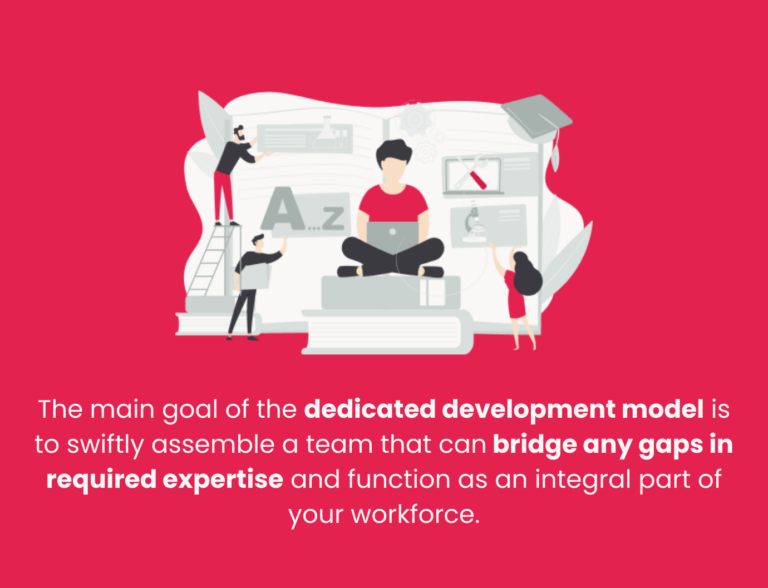
This interaction format offers the flexibility to either entirely substitute the existing development staff or collaborate smoothly with the internal team under a well-defined delineation of responsibilities.
The process of engaging an external team involves several key steps:
Requirement gathering
The contractor carefully examines the project’s needs and workflow preferences
Specialist selection
Tailored to these requirements, the business gets only experienced specialists skilled in the necessary technologies. This selection phase may span several weeks.
Team integration
During this phase, you will face the assignment of responsible individuals, preferred channels of communication, and management tools. Sometimes, the team leader is initially familiarised with the project, followed by a gradual integration of team members.
Reporting
The client receives regular reports, formatted as previously agreed upon, detailing the hours devoted to development. These hours form the basis for the monthly billing of services.
What benefits you can get
Cost efficiency
It’s shallow to say that the clients cut down on infrastructure costs when they opt for a dedicated team, as they pay for remote work on an hourly basis.
This approach eliminates concerns like office rental, equipment procurement, and utility expenses. Furthermore, engaging an established team proves to be more cost-effective than autonomously recruiting developers with the requisite skills.
Suitable for large projects
This model is the best option for projects where it’s challenging to foresee every detail. It’s highly adaptable and adjustable to any changes that might arise during the project lifecycle.
Access to niche expertise
Engaging an accountable development team enables you to fill any gaps in specialist expertise needed to implement your business vision.

At the same time, you gain access to the subject matter expertise, along with the requisite skills, knowledge, and resource foundation.
Improved performance
The outstaffed team possesses a deep understanding of the project’s requirements since the experts are focused on delivering high-quality results and are committed to working on a long-term basis.
Direct communication and team monitoring
Under this model, the client can oversee each specialist provided by the vendor company directly.
The software development process is under control
In this arrangement, the customer is actively involved in the recruitment of IT specialists and oversees the development process at every stage, receiving routine updates on the tasks completed.
Optionally, they can delegate the entire project workload to an outsourcing company that provides a dedicated team.
Flexible planning and change management
At any stage, the customer can change the project specifications, add functions to the software product, and distribute tasks among performers.
Team scalability
At any point in the project, the customer can implement modifications, including feature extension to the software product and reallocating tasks among the team members.
Transparent pricing system
The overall cost of the project is determined by the scope of the tasks assigned and the time needed to execute them.
On a monthly basis, the client is responsible for covering the salaries of all team members as well as compensating the service provider.
Proved reliability
This efficiency results from the model’s flexibility, transparency, and the total return on investment from the hired team.
It effectively helps mitigate numerous risks, including potential financial overruns during product development.
The risk factor: Assessing possible disadvantages
While outsourcing to a software development company offers numerous advantages, it’s not without its downsides.
Key issues often include challenges in communication, cultural disparities, and complications arising from differences in time zones. Let’s explore these aspects with more precision.
From abundance to decision
Opting for a dedicated development team brings its own set of challenges. Selecting a team that aligns with your company’s goals can be a daunting task.
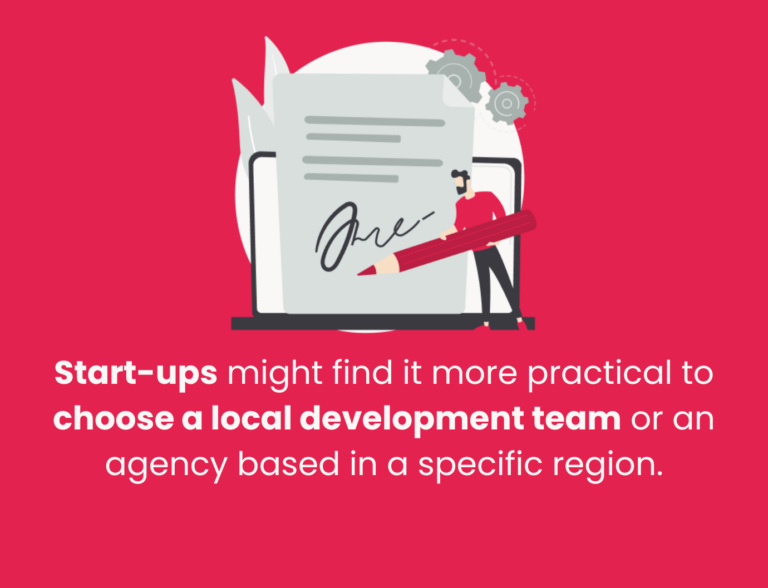
Additionally, there’s the hurdle of finding a dedicated team with the right skills to meet your project’s deliverables. To facilitate the process of remote hiring and gain a more comprehensive understanding, we recommend to ask for guidance, and consult industry best practices.
Time zone gaps
One of the major disadvantages of outsourcing is the challenge posed by time zone differences. If your remote team is in the same country or within a time zone that’s only slightly different from yours, this issue might be minor.
However, it becomes a significant concern when dealing with substantial time zone gaps impacting coordination and workflow efficiency.
Cultural differences
While outsourcing opens doors to global talent, have you considered how cultural differences might impact your project?
Culture plays an important role in product development, influencing decision-making, reporting styles, and perceptions of what constitutes a completed task.
Additionally, inherent cultural variances can lead to divergent views on the target audience or the visual aspects of a project.
Hence, we recommend hiring a team that aligns culturally both with your corporate ethos and the culture of your target markets. This alignment is inevitable for smooth collaboration and the successful execution of your project.
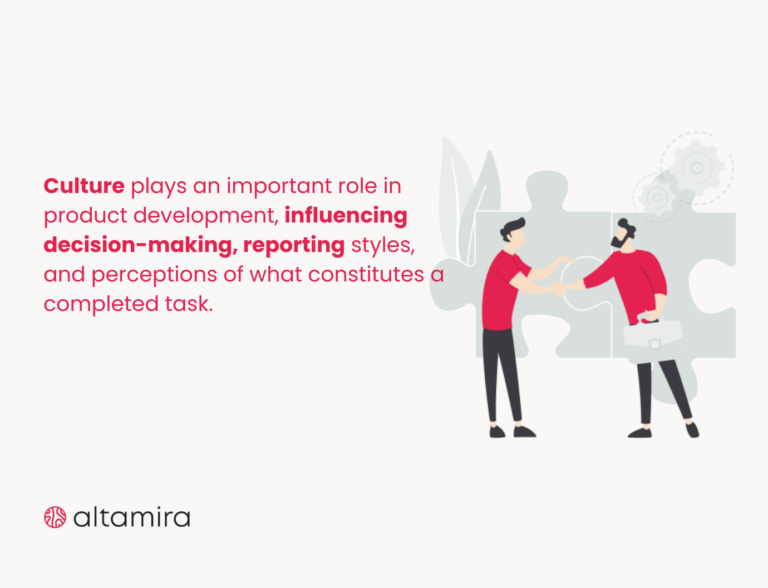
The Do's and Don'ts of working with dedicated development teams
When it works
The dedicated team format is particularly suitable in scenarios where you possess development experience, clearly understand the digital product lifecycle, and know how to manage processes effectively yet lack the internal resources for project implementation.
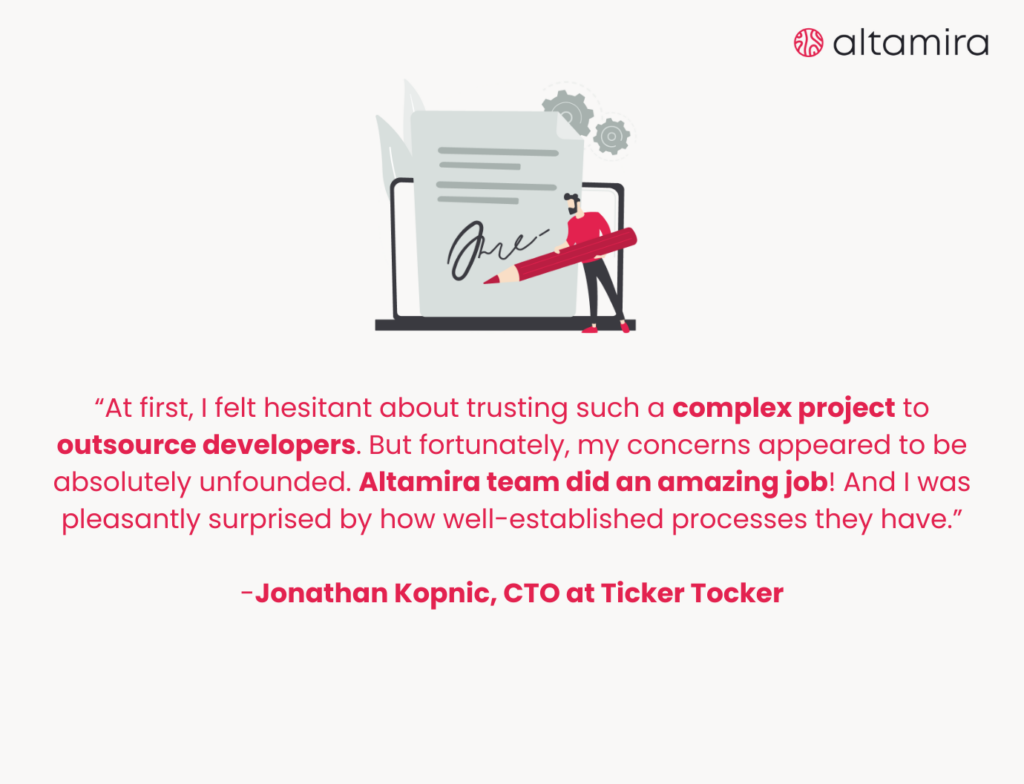
This situation often arises if you don’t have an IT department or your existing IT team is too engrossed in critical business priorities to take on additional projects.
For example, your in-house team might be focused on back-end development, but you urgently require front-end specialists for a redesign project.
Imagine you’re embarking on a project with a scope that’s yet to be nailed down. Isn’t it reassuring to have a dedicated team model that adapts as your project evolves?
When it doesn't work
Understanding when a dedicated team model is not suitable is as important as recognizing its advantages. This approach is not the best option for short-term projects; it’s tailored more towards long-term, flexible initiatives.
For short-term ventures, the model can be inefficient in terms of both costs and human resource utilisation. Since dedicated teams are intended for prolonged collaboration, entering into a contractual agreement requires a clear definition of your project’s needs.
From good to great: Proven methods for managing an effective team
Transitioning a dedicated development team from good to great demands more than routine leadership; it requires a nuanced approach to team dynamics and a deep understanding of what drives technological innovation.
The subtle shifts in strategy and mindset can propel a competent team toward becoming a ground-breaking force in the industry. Managing your Dedicated Team effectively involves several key strategies:
- Encourage clear, consistent communication: Establish open lines of communication. Regular updates and transparent dialogue help to keep everyone on the same page.
- Organise regular stand-ups: Schedule frequent stand-up meetings. These brief, consistent gatherings help track progress, address issues, and ensure alignment with project goals.
- Test diverse tools: Don’t restrict yourself with project management and communication tools to streamline workflows, track progress, and facilitate collaboration.
- Distribute responsibilities within the team: Clearly define and allocate duties among team members. This helps optimise individual strengths and ensures that all aspects of the project are adequately covered.
- Develop standard operating procedures: Create and implement SOPs to standardise processes. This ensures consistency in the quality and efficiency of the work being done.
- Provide continuous feedback: Offer regular feedback to the team. This not only helps in guiding the project more effectively but also aids in the professional growth of team members, fostering a culture of continuous improvement.
By embracing these strategies, leaders, and managers can tap into the utmost capabilities of their teams, driving not only project success but also cultivating an environment where creativity thrives, challenges are embraced as opportunities, and every team member feels invested in the collective goal.
The final thoughts
Selecting the most suitable model for your needs implies getting down to bedrock and exploring various details, which should be discussed directly with the contractor.
It’s wise to have an open dialogue to ensure that the chosen development model aligns perfectly with your project’s unique requirements and goals.
This collaborative approach helps make an informed decision that best serves your project’s interests.
At Altamira, we ensure every client receives the best-fit talent to meet their needs. With our focus on flexibility, efficiency, and quality, you can transfer functions to a reliable tech partner with no disruptions in service delivery. Our dedicated solutions include:
Dedicated development team service to reinforce your in-house team and fill the knowledge gaps.
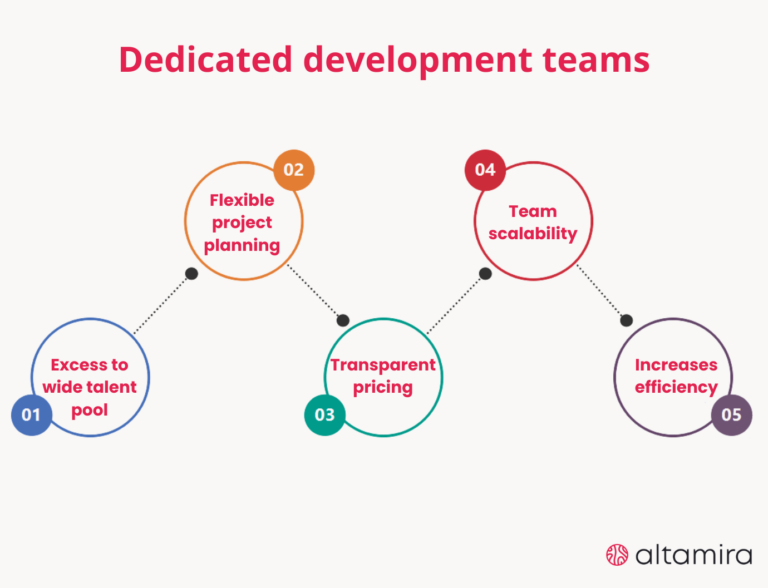
Build-Operate-Transfer model allows us to establish a project and transfer complete control to you, along with the necessary knowledge and processes, enabling you to run the operation independently.
Team Augmentation service designed to scale your in-house workforce quickly.
Vendor Transfer Management service tailored for businesses looking to smoothly transition their IT services from one vendor to another.
Outstaff, outsmart, outperform with Altamira!






